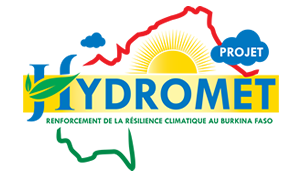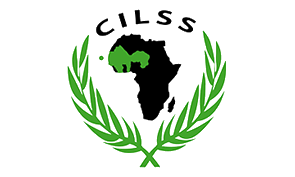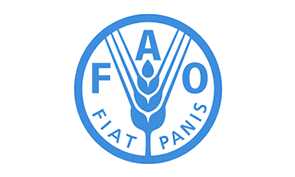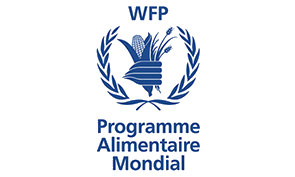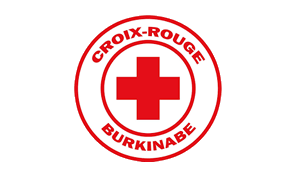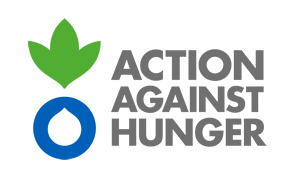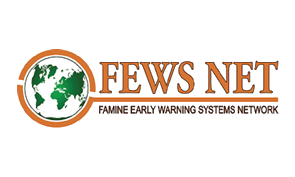Summary report of the joint monitoring and assessment mission of the current household food and nutrition situation (May 2012)
28 September 2012
The first 2011 session of the food situation forecasting committee (CPSA) was held on February 24 and took stock of the final results of the 2010-2011 crop year and outlined the outlook for the 2011 consumption period. final national cereal is estimated at 4,560,574 tonnes. This final production compared to last year is up 26%, and 27% compared to the average of the last five years. The gross cereal surplus is estimated at 757,071 tonnes. At the end of the joint mission to assess the impact of price trends on the food situation which took place in February 2011, the food situation was considered to be generally satisfactory for the period. However, the outlook was considered poor for the coming lean season mainly in areas identified at risk.
Also, as the lean season approaches, an assessment of the situation
food and nutrition in the field, was it necessary to update the areas or departments at risk for the planning of interventions
alleviation of the food difficulties that these localities could experience.
This mission, which took place from May 15 to 21, 2011, is part of the monitoring of changes in the food and nutritional situation of households throughout the country and particularly in areas at risk of insecurity. food. It was implemented by the structures and institutions involved in the management of food security: DGPER, SE / CNSA, SONAGESS, DGPSE, DGPV, SP / CONASUR, DGISS, SP / CONACILSS, SP / PAM, FAO, PAM, DGEAP, IGAE, Burkinabé Red Cross, OXFAM, CRS, APFNL, CIC-B. This mission made it possible to assess the implementation of interventions in the field, and their effects on the food security of the populations in terms of reducing household vulnerability. Specifically, this was to estimate:
Also, as the lean season approaches, an assessment of the situation
food and nutrition in the field, was it necessary to update the areas or departments at risk for the planning of interventions
alleviation of the food difficulties that these localities could experience.
This mission, which took place from May 15 to 21, 2011, is part of the monitoring of changes in the food and nutritional situation of households throughout the country and particularly in areas at risk of insecurity. food. It was implemented by the structures and institutions involved in the management of food security: DGPER, SE / CNSA, SONAGESS, DGPSE, DGPV, SP / CONASUR, DGISS, SP / CONACILSS, SP / PAM, FAO, PAM, DGEAP, IGAE, Burkinabé Red Cross, OXFAM, CRS, APFNL, CIC-B. This mission made it possible to assess the implementation of interventions in the field, and their effects on the food security of the populations in terms of reducing household vulnerability. Specifically, this was to estimate:
- Household food availability (level of farmers’ stocks and
traders, sources of supply for markets), livestock
(water resources, pasture and SPAI) and the prospects for the next
months;
- The accessibility of populations to foodstuffs, livestock feed
(level and trend of price changes, sources of household income);
- The nutritional status of populations, especially that of children under
5 years ;
- The current situation in areas identified at risk and to identify the
most affected localities;
- The number of vulnerable households;
- The adaptation capacities of populations in areas with risks (life and survival strategies);
- The vulnerability of populations in the most affected areas and intervention needs;
- The availability and accessibility of agricultural inputs (availability on markets and prices) and the strategic choices of producers in terms of
speculations for the 2011/2012 crop year; - The movement of livestock (national and cross-border transhumance);
- The food and health situation of livestock and adaptation strategies pastoral households;
- Partner interventions and synergy of action between the different stakeholders;
- The specific recovery needs and actions possible for pastoral households;
- The food outlook for the lean season.
- This report summarizes the contacts and meetings but also the analyzes of the different structures that took part in the mission.With regard to the objectives and expected results, the mission covered the entire national territory. It was implemented through six multidisciplinary teams, spread over six axes covering the whole country. During this mission special attention was paid to areas at risk.
